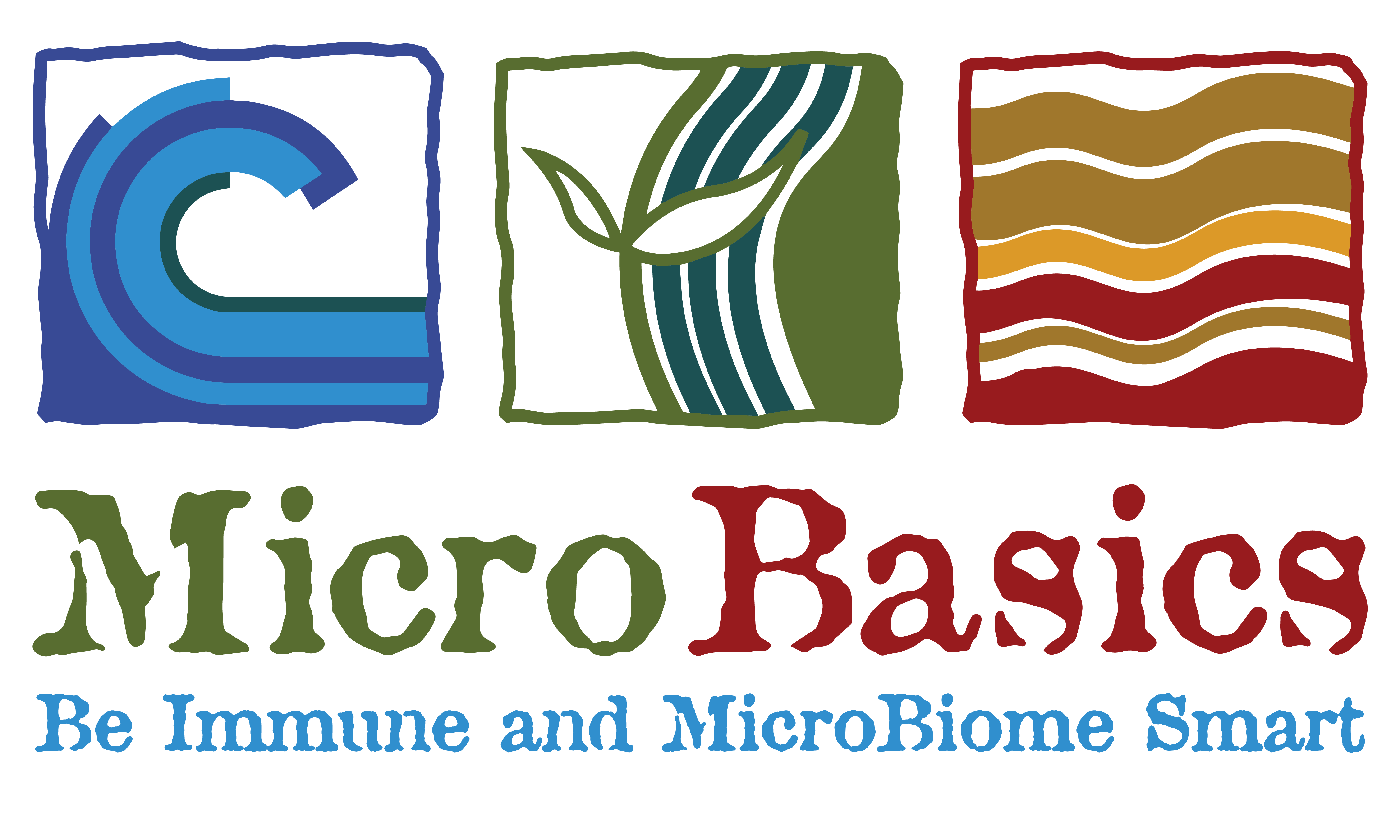Africa’s fastest and most feared snakes can be a key player in tracking pollution, while at the same time keeping ecosystems healthy.
New research from the University of the Witwatersrand in Johannesburg, South Africa (Wits University), has shown that heavy metals such as lead, arsenic, cadmium and mercury accumulate in the scales of Black Mambas (Dendroaspis polylepis).
“We found a clear association between land use and heavy metal exposure in black mambas. Snakes living in connected green spaces around the city generally had significantly lower heavy metal concentrations in their scales compared to those in more industrial and commercial areas,” says Humphries.
1. Shared Threat: Heavy Metal Contamination
Both livestock feed and wild ecosystems are subject to contamination by toxic heavy metals such as cadmium, arsenic, mercury, lead and uranium. Once consumed heavy metals wreak havoc on metabolism by causing oxidative stress, displacing essential minerals from enzymes, damaging proteins and DNA, and disrupting cellular processes like energy production. These metals accumulate in organs, interfering with normal organ function and contribute to disease.
- In feed systems: Contamination originates from soil, groundwater, fertilizers, mineral additives, or cross-contamination during milling and transport. Chronic exposure in cattle leads to organ-specific accumulation (e.g., cadmium in kidneys, uranium in bone), metabolic disruption, protein breakdown, and transfer into milk, meat, and eggs—posing risks across the food chain.
- In ecosystems: Apex predators like the Black Mamba bioaccumulate heavy metals via prey species (birds, rodents), reflecting environmental contamination from industrial and urban land use.
2. Bioaccumulation and Food Chain Transfer
Heavy metals magnify along trophic levels:
- Livestock: Crops absorb metals from polluted soils → animals ingest contaminated feed → humans consume animal products with residual metals.
- Mambas: Rodents and birds feeding in polluted areas accumulate metals → snakes feeding on them bioaccumulate toxins in tissues and scales.
Both contexts illustrate bioaccumulation and biomagnification as central pathways, making both livestock and snakes effective sentinels of environmental risk.

3. Monitoring Tools: Feed Testing vs. Snake Scales
- Feed Industry: Regulatory systems (e.g., EFSA’s RASFF) demand routine analyses, yet gaps remain globally, with high-profile recalls in pet food and livestock minerals underscoring persistent risks.
- Ecological Biomonitoring: Wits University research shows Black Mamba scale clippings provide a non-invasive biomarker of local pollution, distinguishing industrial/commercial zones (high contamination) from connected green spaces (low contamination).
Together, these approaches represent two surveillance models—lab-based feed testing for agriculture and field-based snake monitoring for ecosystems.
4. Implications for Human and Animal Health
- Agricultural systems: Contaminated feed compromises animal metabolism, reduces productivity, and transfers toxins into human diets.
- Wildlife systems: Elevated heavy metal loads in apex predators signal ecosystem degradation, biodiversity loss, and indirect risks for human communities sharing these landscapes.
Thus, livestock and snakes act as parallel sentinels—livestock reflecting agricultural safety, snakes reflecting ecological integrity.
5. Integrative Perspective
The Black Mamba and cattle may seem worlds apart, yet both reveal the ubiquity of heavy metals as silent disruptors across species and systems.
- In cattle, metals compromise metabolic efficiency and food safety.
- In mambas, metals map the hidden geography of urban-industrial pollution.
By studying both agricultural feed chains and wild apex predators, scientists gain a dual lens on environmental toxicology—one safeguarding human food security, the other protecting ecosystem resilience.
Concise Takeaway:
Heavy metals unify feed safety and wildlife conservation under a common toxicological thread. Cattle and Black Mambas alike accumulate these pollutants, serving as biological indicators—one for food safety, the other for ecosystem health. Monitoring both is essential to break the cycle of bioaccumulation and protect animals, human, and environmental wellbeing.

